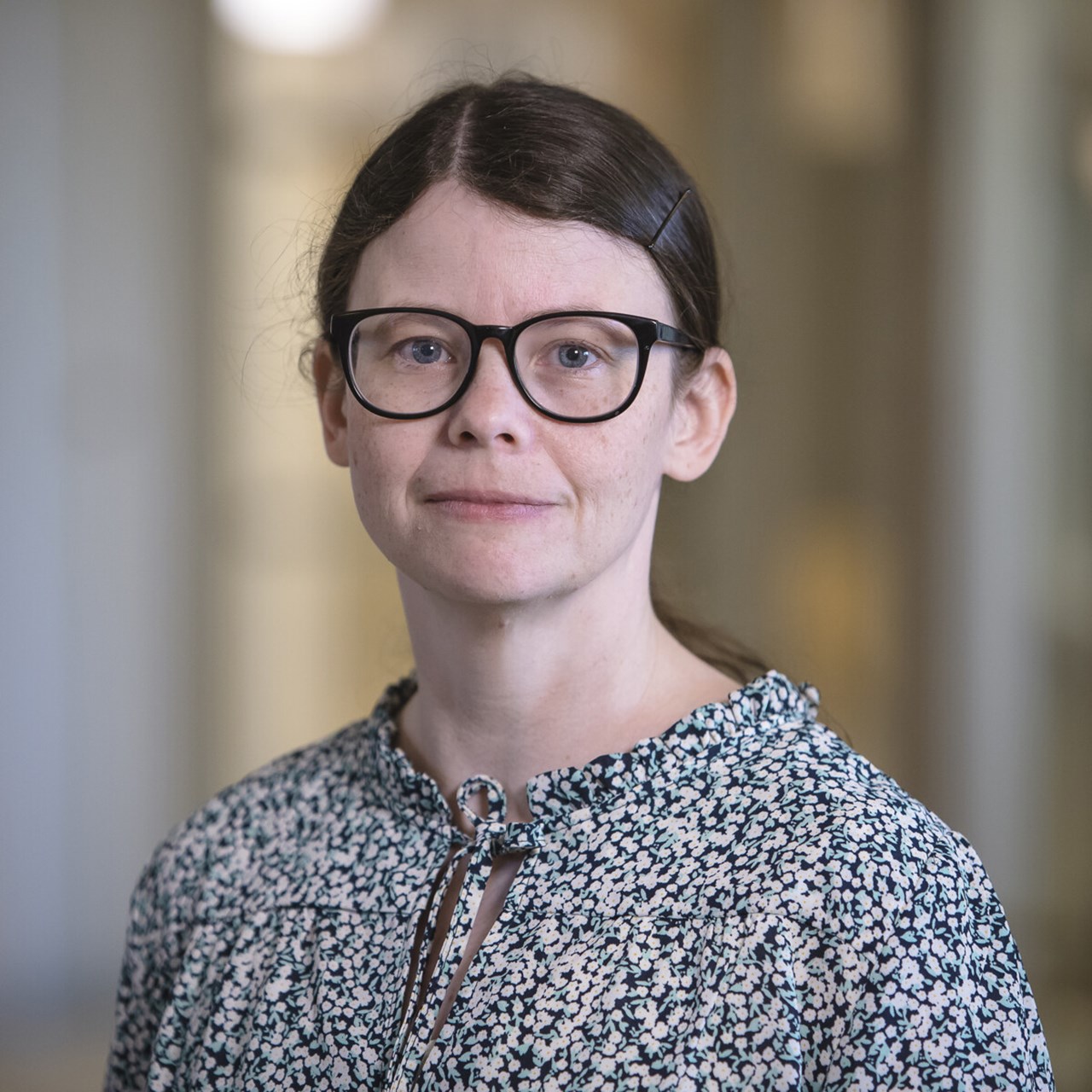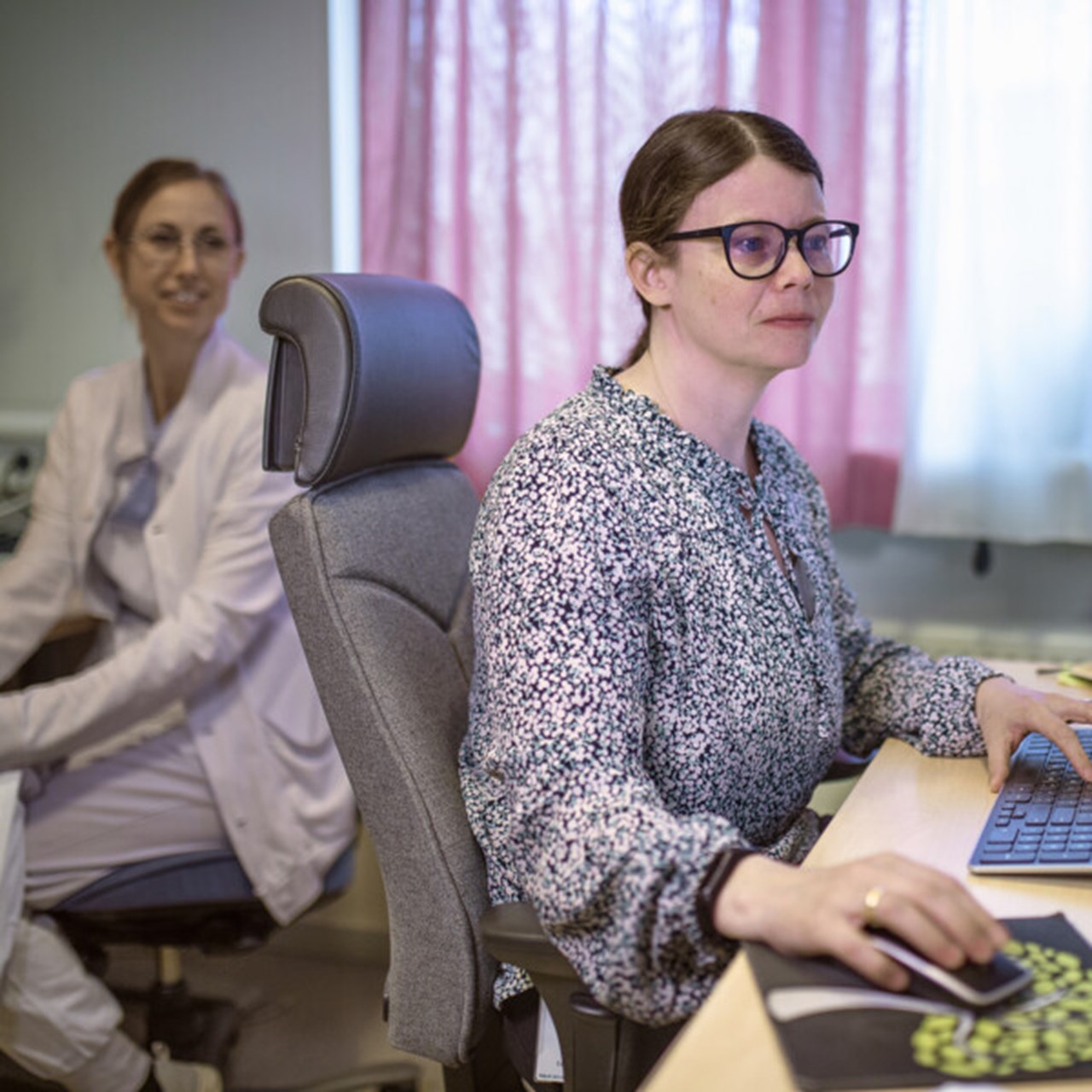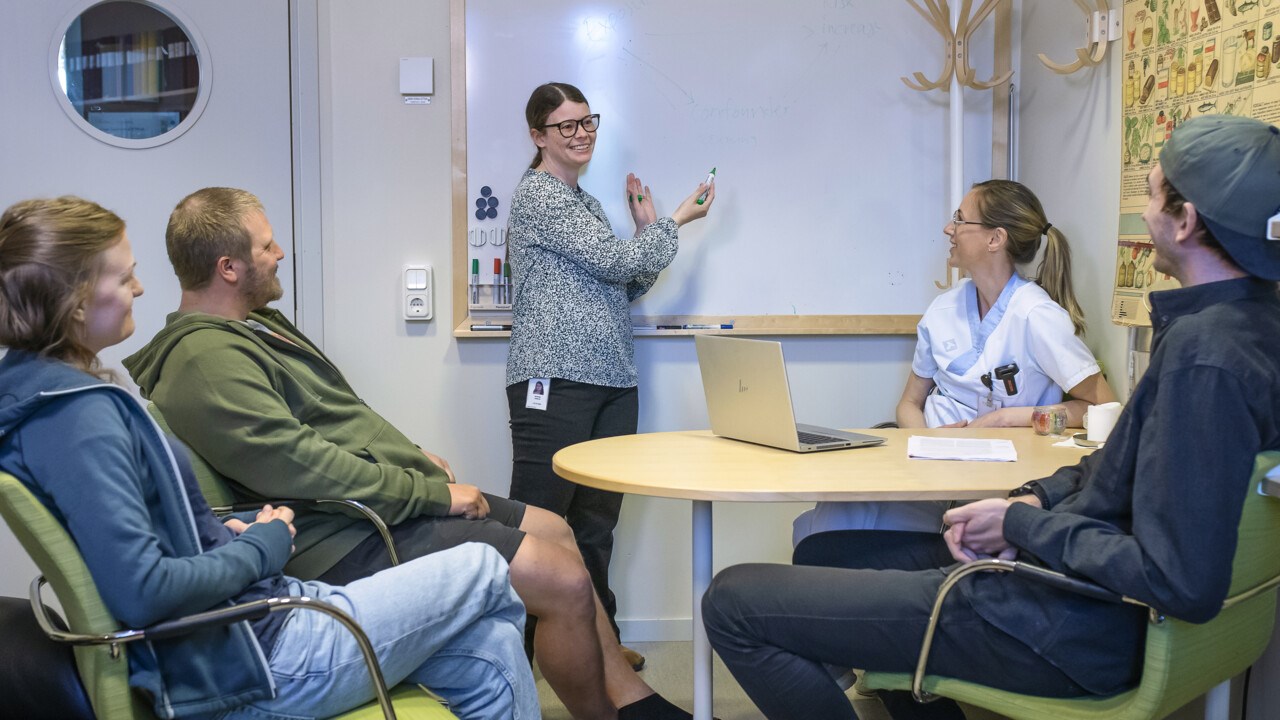Epigenetics
The genome refers to the DNA in a cell. Each cell needs to have certain genes turned on in order to perform its tasks, but which genes are off or on depends on the type of cell (for example, a kidney cell has other genes activated than a liver cell).
The mechanisms that cells use to control and switch genes on and off are called epigenetic mechanisms, these mechanisms modify the genome without changing the genetic code.
Epigenetic mechanisms play a key role in fetal development because, by regulating which genes are turned on or off, it controls which cells should develop into kidney, liver, and which ones should form brains, muscles, skin, etc. During this period, the fetus undergoes a so-called epigenetic reprogramming of all cells, which may make the fetus extra sensitive to external environmental influences. It can be food, stress, physical activity, chemicals, or other lifestyle and environmental factors. Environmental factors that affect the epigenetic profile during the fetal stage could therefore also affect the child's later health, both positively and negatively.
Epigenetic changes are associated with cell division, but unlike mutations, changes in the genetic code, not all of them are permanent and they can be altered by, for example, lifestyle.




